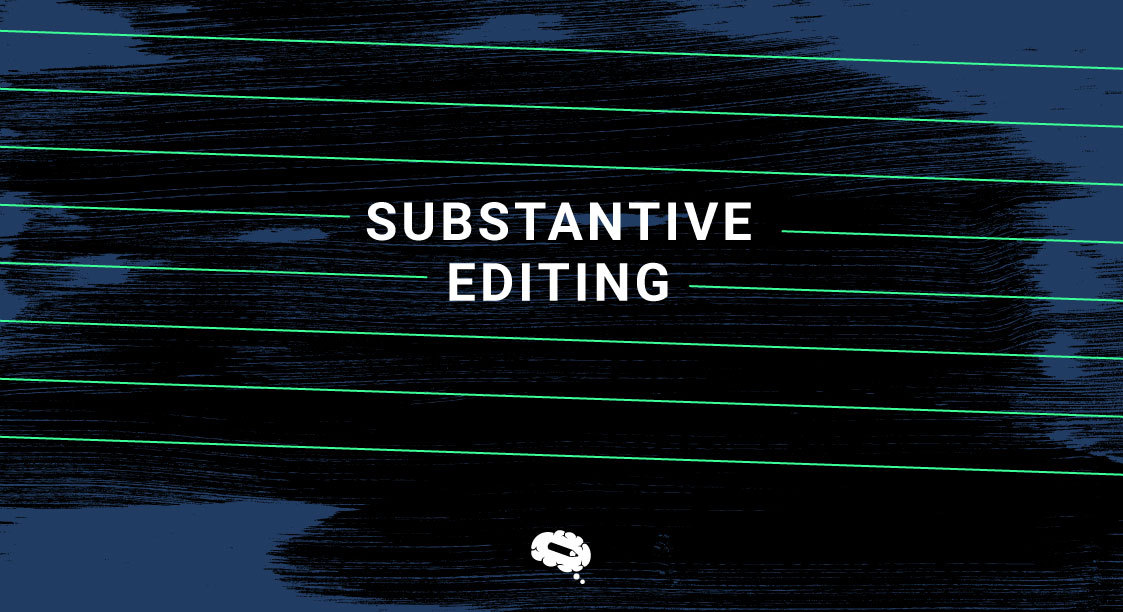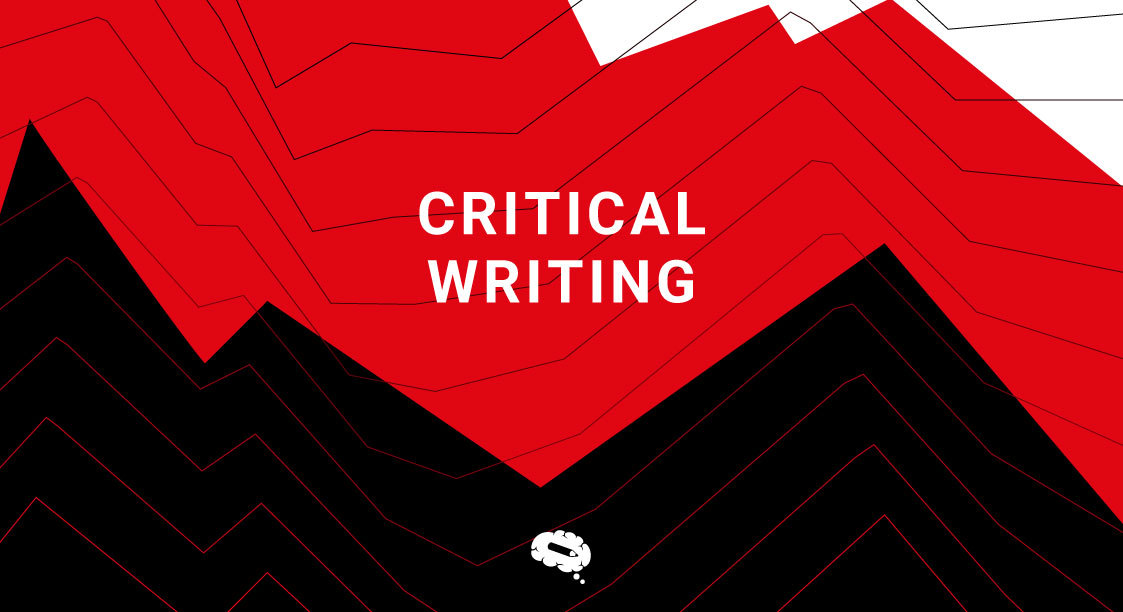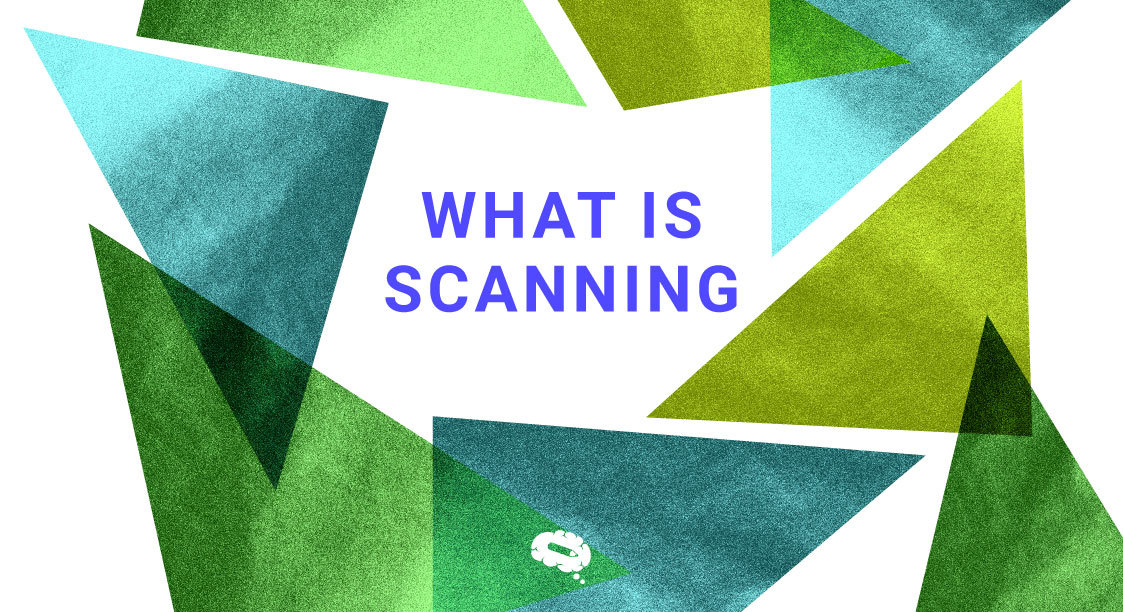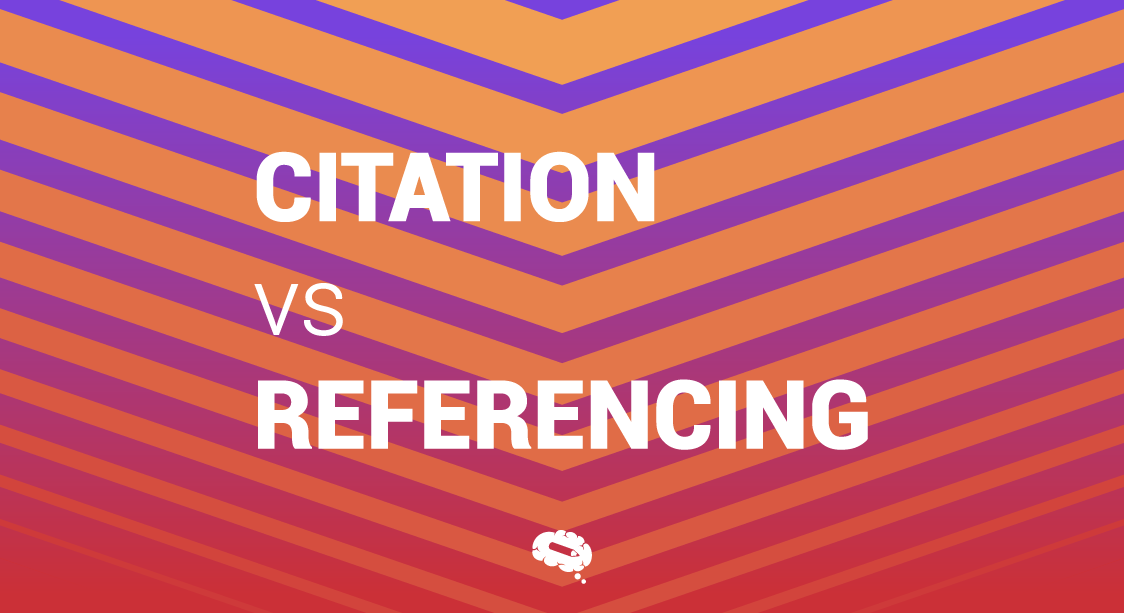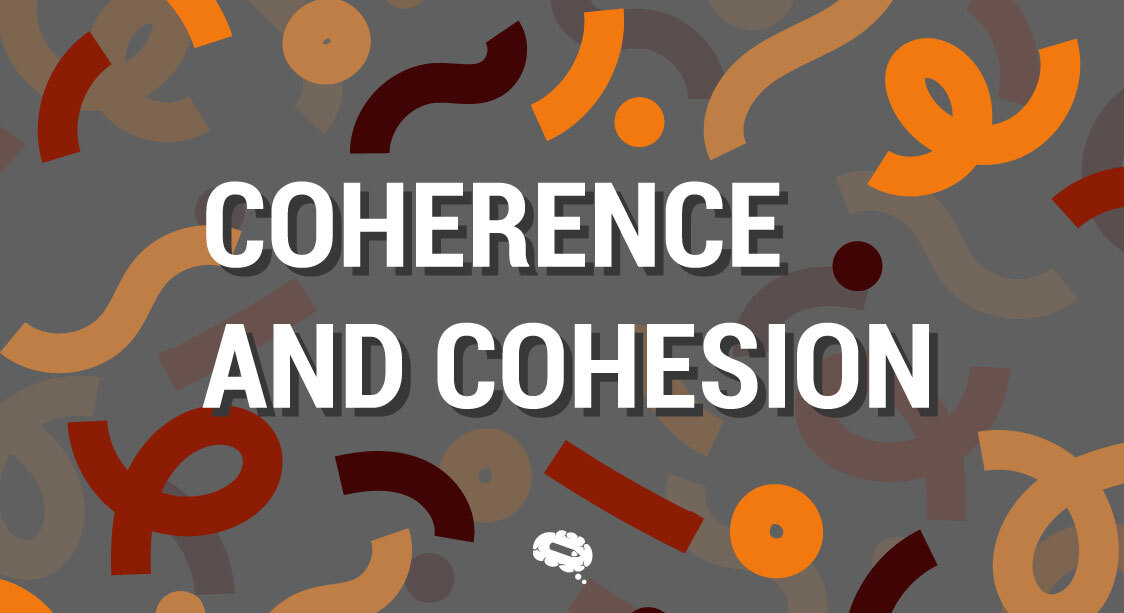In the world of written communication, making sure our words hit the mark is essential. This is where substantive editing steps in. Unlike just fixing typos or grammar mistakes, substantive editing focuses on the bigger picture – refining the content and structure to make sure the message is clear and powerful.
Whether it’s a book, a report, or an academic paper, substantive editing is the secret ingredient that transforms words into a compelling and well-crafted piece of communication. In this article, we’ll explore the ins and outs of substantive editing and understand why it’s a game-changer in the world of writing.
What Is Substantive Editing?
Substantive editing, also known as developmental editing, involves a comprehensive review and refinement of a written work’s content, structure, and organization. This editing process goes beyond addressing grammatical errors or language issues; it focuses on the overall clarity, coherence, and effectiveness of the material.
Substantive editors assess the logic of arguments, the flow of ideas, and the appropriateness of the writing style, aiming to enhance the manuscript’s overall quality and impact. This type of editing is particularly valuable for improving the substance and structure of a document, ensuring that the author’s message is conveyed compellingly and coherently.
Purpose And Importance Of Substantive Editing

The purpose of substantive editing is to enhance the overall quality, clarity, and effectiveness of a written work by addressing its content, structure, and organization.
This type of editing goes beyond surface-level corrections, focusing on improving the substance and coherence of the material. Substantive editing ensures that the author’s message is conveyed in a compelling and logical manner, strengthening the overall impact of the document.
By refining the content, restructuring arguments, and improving the flow of ideas, substantive editing plays a crucial role in producing well-crafted and polished manuscripts, whether they are academic papers, articles, books, or other forms of written communication. It ultimately contributes to the creation of more engaging, coherent, and impactful pieces of writing.
Process Behind Substantive Editing
The process of substantive editing involves a thorough and comprehensive review of a written work, focusing on content, structure, and organization. Here’s a general outline of the substantive editing process:
Initial Assessment
- The editor begins by assessing the overall goals, purpose, and target audience of the document.
- They consider the author’s objectives and ensure that the content aligns with these goals.
Content Evaluation
- The substantive editor examines the clarity, accuracy, and relevance of the content.
- They identify areas where information may be unclear, inconsistent, or in need of expansion.
Structural Analysis
- The editor evaluates the document’s structure, including the organization of ideas, logical flow, and transitions between sections.
- They may suggest reordering or restructuring sections for better coherence.
Stylistic Considerations
- Substantive editors address issues related to writing style, tone, and overall voice.
- They ensure that the language used is appropriate for the intended audience and purpose.
Consistency Check
- Editors review the document for consistency in terminology, formatting, and citation style.
- They ensure that the document follows any specified guidelines or requirements.
Addressing Redundancy and Repetition
- Substantive editing involves identifying and eliminating unnecessary repetition or redundancy in the text.
Feedback and Suggestions
- The editor provides constructive feedback to the author, pointing out strengths and areas for improvement.
- They may offer suggestions for rewriting, reorganizing, or expanding certain sections.
Communication with the Author
- Throughout the process, substantive editors may engage in communication with the author to clarify intentions, discuss proposed changes, and seek input on potential revisions.
Final Review
- After the author incorporates revisions, the substantive editor conducts a final review to ensure that the recommended changes have been appropriately implemented.
The goal of substantive editing is to enhance the overall quality of the document, making it more coherent, compelling, and effective in conveying the intended message to the audience. This process is particularly valuable in refining manuscripts before they proceed to the next stages of publication or dissemination.
Related article: Coherence And Cohesion: Writing Tips For Seamless Texts
Role Of A Substantive Editor
The role of a substantive editor is crucial in refining and improving the overall quality of a written work. Here are key aspects of their role:
Content Enhancement
Substantive editors focus on improving the substance and content of a document. They ensure that the information is accurate, relevant, and effectively communicates the author’s message.
Structural Improvement
Substantive editors analyze the structure and organization of the document. They may suggest changes to the order of sections, improve transitions, and enhance the overall flow of ideas for better coherence.
Clarity And Consistency
Editors work to enhance the clarity of the writing, making sure that ideas are expressed straightforwardly. They also check for consistency in language, style, and formatting throughout the document.
Style And Tone Adjustment
Substantive editors consider the writing style and tone, ensuring they are appropriate for the intended audience and purpose. They may suggest adjustments to the language to enhance readability and engagement.
Reduction Of Redundancy
Editors identify and eliminate unnecessary repetition or redundancy in the text, helping to streamline the content and improve its efficiency.
Feedback And Guidance
Substantive editors provide constructive feedback to authors, offering insights into the strengths and weaknesses of the manuscript. They guide authors on how to strengthen their arguments and improve overall writing quality.
Collaboration With Authors
Effective substantive editing involves collaboration with authors. Editors communicate clearly about suggested changes, seek input from authors, and engage in a dialogue to ensure that the author’s voice and intentions are maintained.
Adherence To Guidelines
Editors ensure that the document adheres to any specified guidelines, such as citation styles, formatting requirements, or publishing standards.
Also read: Citation vs Referencing: Understanding the Key Differences
Attention To Detail
Substantive editors pay attention to detail, catching errors and inconsistencies that may be overlooked in a more cursory review. This attention to detail contributes to the overall professionalism of the document.
Substantive Editing In Different Industries
Substantive editing is a valuable process across various industries where written communication is critical. Here are examples of how substantive editing is applied in different sectors:
- Publishing Industry: In book publishing, substantive editors work closely with authors to refine the content and structure of manuscripts. They ensure that the narrative is engaging, the characters are well-developed, and the overall story arc is compelling.
- Academic Publishing: In academic journals and publications, substantive editors review scholarly articles for clarity, coherence, and adherence to academic standards. They may provide feedback on the methodology, analysis, and overall argumentation.
- Corporate Communications: In business, substantive editing is essential for reports, proposals, and other business documents. Editors focus on ensuring that the content aligns with corporate goals, is well-organized, and effectively communicates key messages to stakeholders.
- Marketing and Advertising: Substantive editing plays a role in crafting marketing materials, ensuring that the messaging is persuasive, consistent, and tailored to the target audience. Editors may also refine content for online and offline advertising campaigns.
- Healthcare Communications: In the healthcare industry, substantive editors may work on medical publications, research papers, or patient education materials. They ensure that complex medical information is communicated clearly to diverse audiences, including patients and professionals.
- Government and Policy Documents: Substantive editors in government sectors focus on policy documents, reports, and official communications. They help ensure that information is presented logically, is easily understood, and aligns with the government’s communication objectives.
- Technical Writing: In industries relying on technical documentation, such as engineering, IT, and manufacturing, substantive editors ensure that technical content is accurate, accessible, and follows industry standards. They may also help bridge the gap between technical experts and non-expert audiences.
- Nonprofit Sector: Nonprofit organizations often produce materials to communicate their mission, achievements, and fundraising efforts. Substantive editors in this sector work to ensure that these materials effectively convey the organization’s goals and resonate with donors and supporters.
- Educational Publishing: In educational publishing, substantive editors focus on textbooks, instructional materials, and educational content. They work to ensure that the material aligns with educational standards, is age-appropriate, and supports effective learning.
- Legal Industry: In the legal field, substantive editors review legal documents, briefs, and reports. They ensure that legal arguments are presented coherently, supporting evidence is clear, and the overall document adheres to legal writing conventions.
In all these industries, substantive editing is essential for maintaining the quality and effectiveness of written communication. It helps to ensure that documents are well-crafted, impactful, and aligned with the specific objectives and standards of each industry.
Trends And Developments In Substantive Editing
The trends and developments in substantive editing are as follows:
Technology Integration
The integration of technology, including artificial intelligence (AI) and machine learning, has been influencing substantive editing. Automated tools for grammar and style checks are becoming more sophisticated, aiding editors in the initial stages of the editing process.
Learn more about AI applied in science here: Artificial Intelligence in Science
Remote Editing And Collaboration
With the rise of remote work, substantive editors increasingly collaborate with authors and other team members using online platforms and collaborative editing tools. This trend enhances efficiency and allows for real-time collaboration regardless of geographical location.
Diversity And Inclusion
There is a growing awareness of the importance of diversity and inclusion in the editing process. Editors are mindful of language choices and cultural sensitivities to ensure that written works are inclusive and respectful of diverse audiences.
Specialization In Niche Industries
Substantive editors are increasingly specializing in niche industries, such as medical or technical editing. This specialization allows for a deeper understanding of industry-specific terminology, standards, and communication needs.
Focus On User Experience
In industries like marketing and online content creation, substantive editing is increasingly focused on enhancing the user experience. Editors consider not only the clarity of the message but also how the audience will engage with and understand the content.
In conclusion, substantive editing plays a crucial role in making written works better. It goes beyond fixing grammar and focuses on improving the overall content and structure. Whether in books, academic papers, or business documents, substantive editing ensures that the message is clear and impactful. With trends like technology integration and a growing emphasis on inclusivity, substantive editing continues to adapt, making it an essential step in creating polished and effective written communication across different industries.
Over 75,000 Accurate Scientific Figures To Boost Your Impact
Scientific illustrations are the best way to turn complex papers, posters and presentations into easily understandable essays. But finding/creating the perfect infographic is not everyone’s cup of tea. That’s the reason we introduce Mind the Graph – the tool that has over 75,000 accurate scientific figures to boost your impact. Sign up now to learn more!

Subscribe to our newsletter
Exclusive high quality content about effective visual
communication in science.

